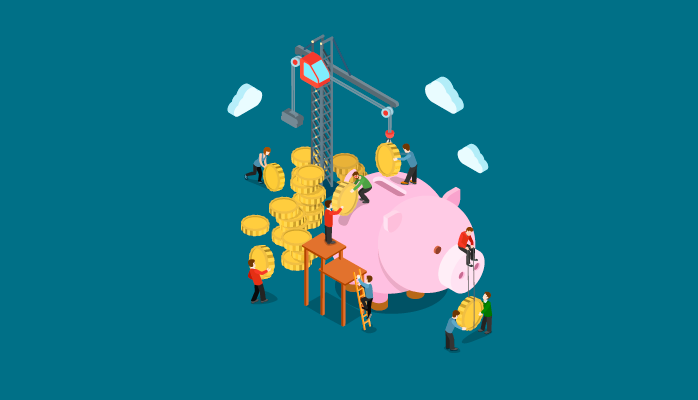If the previous decade was all about the onset of Amazon, this decade is all about the age of Uber, or as they now call it, ‘Uber for X’. At the beginning of this decade, who could have imagined that a single cab service could revolutionize the way the world viewed Smartphones. Shadowing music, memory, and camera features, the user’s’ choice and demand for Smartphones are now dictated by the utility apps they are looking to use, and all this has been made possible due to the success of Uber.
Are we living in the bubble of On-Demand Economy? Often, skeptics and critics have warned against the massive financial growth that is being witnessed in the domain of On-Demand Economy. Historically, as it turns out, we are always a part of some bubble. Be it the housing bubble or the tech bubble (that is paving the way of automation), there is no reason to not imagine that the On-Demand Economy is another bubble, but what matters to us is the size of the bubble. A safe assumption depicts the size of the bubble to be around $20bn by 2020. How’s that?

Barring the skepticism, enterprises are not shying away from On-Demand Economy, and neither shouldn’t you. If you are looking to make quick money in this domain, there are countless opportunities. For the ones who are looking to attain success at an unparalleled rate, the ‘Uber for X’ model does harbor a few trends and trade secrets. To begin with, you need to fixate your attention on a single industry. As a startup or an extended vertical, you don’t want to mess around with too many industries simultaneously. Once you are decided on the industry you wish to work in, you need to understand the market you are looking to target. In the year 2016 alone, many startups couldn’t see the light of the day because they got their supply-demand ratio wrong, and as an enterprise, you don’t want your investments to be over or underestimated.
Where there is an efficient application, there is money. The success of your business in On-Demand Economy would depend on how engaging and effective can you get your application to be. Have your UX and UI Design to be next to perfection in terms of functionality. Let the information be projected in a clear and clutterless manner, without having the user to put in too many efforts to search for a specific bit of data. Your user retention would largely depend on how easily can the users traverse through the app and how easily can the services be summoned or requested.
For obvious reasons, you are not going to market or be the face of your enterprise for every atomic transaction, and this is where hiring an effective service representative or service provider comes into play. For Uber, every driver happens to be a service provider, and therefore, while deciding upon the service provider for your business, you must evaluate their performance on a regular basis, impart training to get them ahead of the market trends, and stress upon their efficiency from time to time. Uber is a success because of its drivers, and similarly, if the service provider starts to falter, the downfall of the enterprise can’t be far behind.
The last, but nowhere the least, a critical aspect to quick money in an On-Demand Economy business model is consistent building upon the network of existing users. As an enterprise, the expansion of market would be of paramount importance in the long run. Uber, today, happens to be the epitome of On-Demand Company because it ventured out of San Francisco, and even your pace of making money would depend on how well can you capitalize upon the existing state of affairs of your business.






